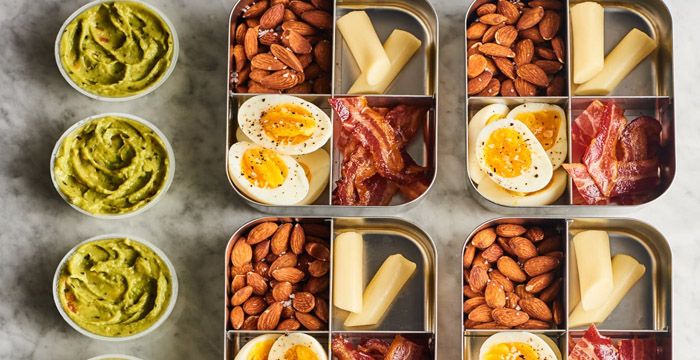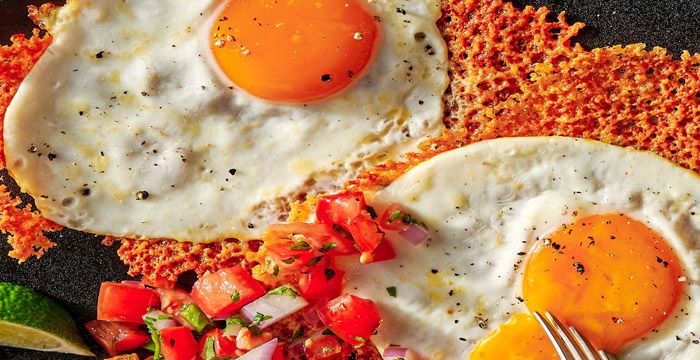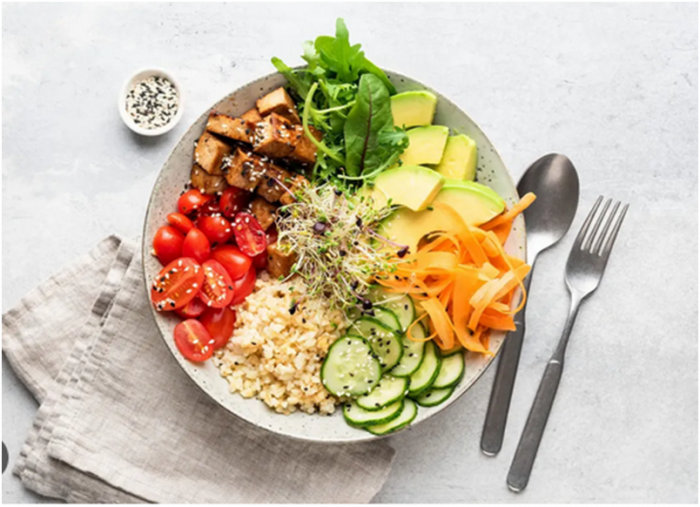The ketogenic (keto) diet has completely changed the way I eat, think about food, and manage my health. It’s known for promoting weight loss, improving blood sugar control, and boosting mental clarity. I’m here to break down everything you need to know, including a structured keto meal plan, key principles, and common mistakes to avoid.
What is the Keto Diet and How Does it Work?
The keto diet is all about consuming high fats, moderate protein, and low carbohydrates to shift my body into ketosis. In this state, I burn fat for energy instead of carbs, which leads to steady energy levels, reduced cravings, and sustainable fat loss.
To enter ketosis, I limit my carb intake to 20-50 grams per day and focus on healthy fats. Protein is important, but I keep it moderate because too much can turn into glucose and slow down ketosis.
My Standard Keto Macronutrient Breakdown:
- 70-75% Fat – Avocados, nuts, olive oil, butter, cheese
- 20-25% Protein – Chicken, fish, beef, eggs, tofu
- 5-10% Carbohydrates – Leafy greens, berries, nuts, seeds
7-Day Tasty & Practical Beginner Keto Meal Plan

Starting keto doesn’t mean eating bland food! Here’s the simple and delicious meal plan that helped me stay on track:
Day 1:
- Breakfast: Scrambled eggs in butter with avocado slices
- Lunch: Grilled chicken salad with olive oil dressing and feta cheese
- Dinner: Baked salmon with garlic butter and sautéed spinach
- Snack: A handful of almonds or macadamia nuts
Day 2:
- Breakfast: Keto pancakes (almond flour, eggs, cream cheese) with sugar-free syrup
- Lunch: Turkey and cheese lettuce wraps with cucumber slices
- Dinner: Beef stir-fry with broccoli and sesame oil
- Snack: Celery sticks with cream cheese
Day 3:
- Breakfast: Chia pudding (unsweetened almond milk, chia seeds, stevia, berries)
- Lunch: Egg salad with bacon and a handful of spinach
- Dinner: Garlic butter shrimp with cauliflower rice
- Snack: Hard-boiled eggs with avocado
Day 4:
- Breakfast: Avocado and smoked salmon on a keto wrap
- Lunch: Cheeseburger (no bun) with lettuce, tomato, and mustard
- Dinner: Grilled pork chops with roasted Brussels sprouts
- Snack: Dark chocolate (85% cocoa or more)
Day 5:
- Breakfast: Mushroom and cheese omelet cooked in olive oil
- Lunch: Zucchini noodles with pesto and grilled chicken
- Dinner: Ribeye steak with buttered asparagus
- Snack: Handful of walnuts
Day 6:
- Breakfast: Bulletproof coffee (coffee blended with butter & MCT oil)
- Lunch: Chicken Caesar salad (no croutons, extra parmesan)
- Dinner: Grilled cod with lemon butter and sautéed kale
- Snack: Cheese cubes with olives
Day 7:
- Breakfast: Keto smoothie (coconut milk, berries, and protein powder)
- Lunch: Tuna salad with avocado and lettuce wraps
- Dinner: Roast lamb with roasted cauliflower
- Snack: Almond butter with celery

Tips for Success on a Keto Diet
- Balance Your Electrolytes – Since keto flushes out water, I make sure to get enough sodium, potassium, and magnesium through salt, leafy greens, and bone broth to prevent keto flu.
- Stay Hydrated – My body holds less water on keto, so I drink 2-3 liters daily to avoid fatigue and headaches.
- Watch Protein Intake – Too much protein can kick me out of ketosis by turning into glucose, so I keep portions moderate.
- Focus on Healthy Fats – I choose avocados, olive oil, grass-fed butter, nuts, and fatty fish over processed vegetable oils.
- Meal Prep & Plan Ahead – Prepping my meals in advance helps me stay on track and avoid carb-heavy temptations.
Common Keto Mistakes Beginners Make
- Not Eating Enough Fat – When I started, I cut carbs but didn’t increase fats enough, which led to low energy.
- Falling for Hidden Carbs – I always check labels because processed foods, sauces, and even some veggies can have sneaky carbs.
- Ignoring Fiber Intake – Since many high-fiber foods are also high in carbs, I focus on low-carb veggies like spinach, broccoli, and zucchini to avoid digestive issues.
- Expecting Instant Results – The first week can be tough, but once my body adjusts, I feel more energetic and experience fewer cravings.

Final Thoughts
The keto diet can be an excellent tool for weight loss, blood sugar control, and overall health. However, it’s not a one-size-fits-all approach. Some people thrive on keto, while others may struggle with energy levels or digestion.
If you decide to try keto, start with this meal plan, stay consistent, and listen to your body. If done correctly, keto can be an effective way to burn fat, increase mental clarity, and stabilize your energy levels.
FAQs About the Keto Diet
1. How long does it take to enter ketosis? It usually takes 2-7 days to enter ketosis, depending on my body, carb intake, and activity levels.
2. Can I have cheat days on keto? Cheat days can knock me out of ketosis, so I avoid them. Instead, I find keto-friendly alternatives to curb cravings.
3. Is keto safe for everyone? Keto is safe for most people, but if I have medical conditions like diabetes or heart disease, I consult a doctor before starting.
4. Can I exercise on keto? Absolutely! Once I’m fat-adapted, my endurance improves, and I perform well in workouts.
5. What can I do if I get keto flu? I stay hydrated, increase electrolytes, and get enough sleep to ease symptoms within a few days.
6. How much weight can I lose on keto? Weight loss varies, but many people, including me, lose several pounds in the first few weeks due to water loss and fat burning.
Post Comment
Be the first to post comment!
Related Articles




